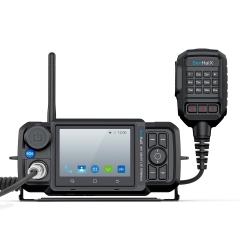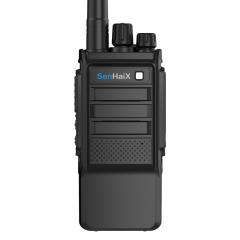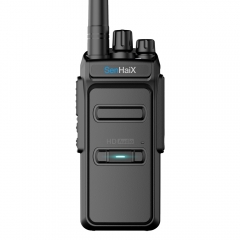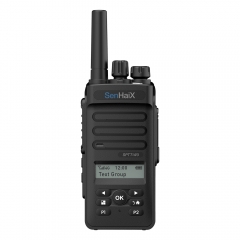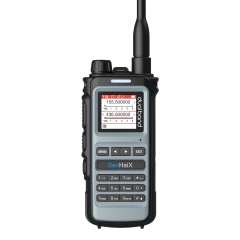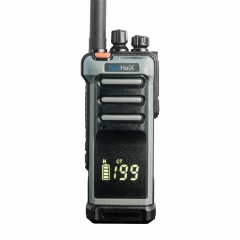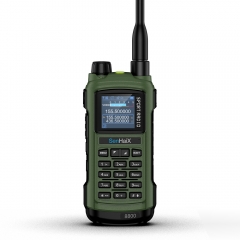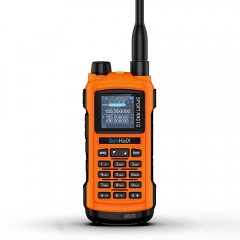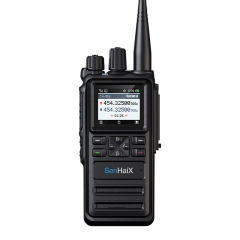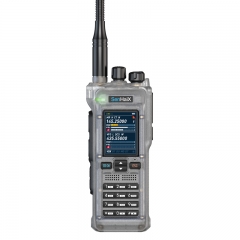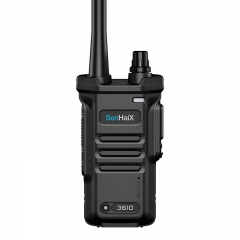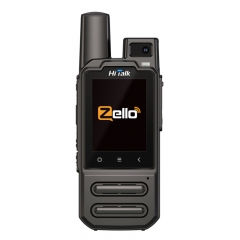Two way radio is the main tool for amateur radio communication. HAM hopes to have a high-performance radio system to send out strong radio waves and receive 59+ complimentary signal reports from the other side. Different products have different properties. Today I'll take you together to comb a variety of walkie-talkie comparison:
Amateur radios VS Professional radios Many new HAM envied professional radios at first, believing that professional intercoms used by the military and police had high performance and long communication distance, while amateur radios, since they were used by amateur individuals, naturally had poor performance. In fact, the professional and amateur in the two way radio does not mean the professional degree of manufacturing technology but the user group is different, amateur radio is not a toy. Different user groups have different application characteristics and needs. The same function may be essential for one type of users and cumbersome for another. For example, amateur radios generally provide the function of direct input of the frequency keyboard. For HAM, this is a very necessary and convenient function. You can directly input the frequency just like making a phone call. Professional users use a handful of fixed frequency points, and the call is also in the inner circle, the preset channel can completely do not need to enter the frequency temporarily, the keyboard to change the frequency function may also cause misoperation to change the current communication frequency, resulting in the failure of communication. Many industry users who use professional radios don't even have a concept of frequency. Two way radios are just a communication tool like mobile phones. Setting the frequency was a pleasure for HAM, a hobbyist, but for business users it was a tedious technical task that required a professional to do, so most professional radios were designed to be computer programming dummies as easy to use as possible, but also easy to manage. In terms of function, amateur radios are definitely more powerful than professional radios. Amateur radios generally have functions such as frequency display, manual panel frequency adjustment, frequency scanning, received signal strength display, multi-gear output power switching, etc., which are lacking in professional walkie-talkies, not to mention advanced functions of amateur models such as dual-band operation, broadband expansion reception, dual-receive channel waiting, etc. Some brand enthusiasts say that some foreign new high-end professional radios can increase panel frequency setting function FPP. There is still a big difference between FPP and amateur radio's VFO mode, which freely uses the frequency. FPP is just equivalent to providing manual channel programming without computer programming. Moreover, even professional radios with FPP function still cannot carry out continuous frequency scanning. The scanning function of professional machines is limited to preprogrammed fixed channels. A few new professional radios have added the function of receiving signal strength display. Because this function is not highly regarded by industry users, the display accuracy of the signal table is still far from that of amateur machines.
Moreover, the signal table of some professional radios can only be displayed in cluster mode, while the conventional direct frequency mode used by amateur radio can not be used. Some professional radios offer a choice of two power levels, while most amateur radios offer a choice of three or four power levels. In terms of radio frequency performance, amateur radio and professional radio are even. The most basic two indexes of the two way radio transmit power and receive sensitivity amateur radio has a certain advantage. Mainstream 430MHz amateur radios even some domestic products also provide 5W power output, and many UHF professional walkie-talkies check the original factory index output power of 4W. Reception sensitivity of amateur radios has traditionally been the absolute advantage, most of the amateur radios including domestic radios sensitivity is better than 0.2μV, while the index of imported professional machines is generally at the level of 0.25μV.
Senhaix 8800 radio is an extraordinary ham
radio. Because it has many features such as multiple programming modes, and it
has a striking appearance.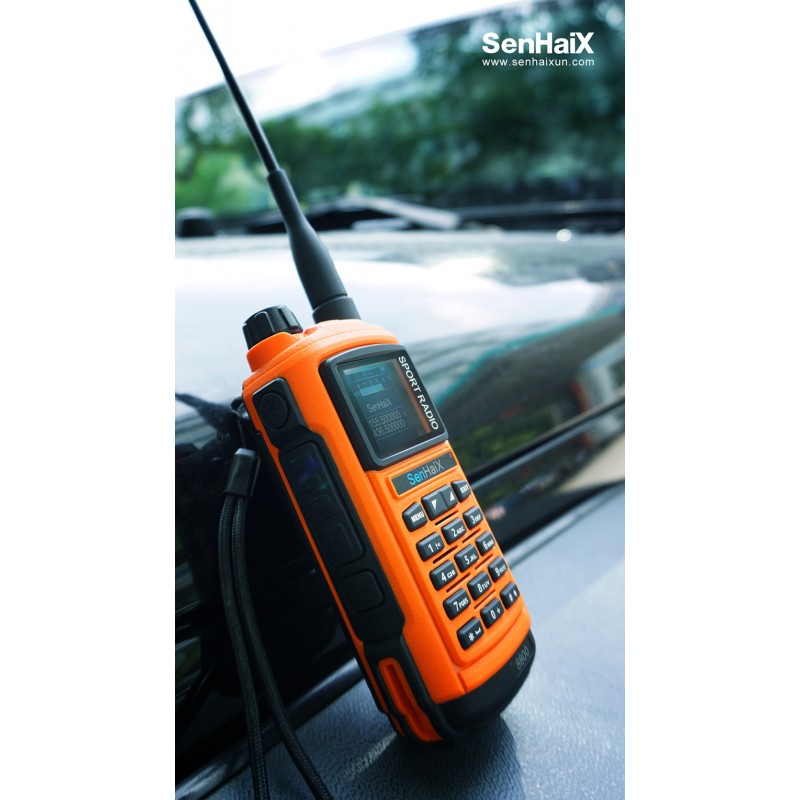
Some professional machine enthusiasts put forward the argument that professional radio has good anti-interference. Indeed, some high-grade professional machines have excellent RF circuit design or adopt narrowband design themselves, so they have certain advantages in anti-interference performance compared with amateur radios with broadband design. However, anti-interference can only show its advantages when there is a certain intensity of interference. If the environmental interference itself is relatively small ordinary radio can work, really encountered a large and obvious interference what two way radio can not work, can only ask the non-line power management office to eliminate the interference source. From the overall performance of the amateur radio is not much worse than professional radio.
Generally speaking, amateur radios are more suitable for HAM in terms of performance and function. Unless there is some serious military or police involvement in HAM, amateur radio is the absolute first choice for amateur radio fans.


















